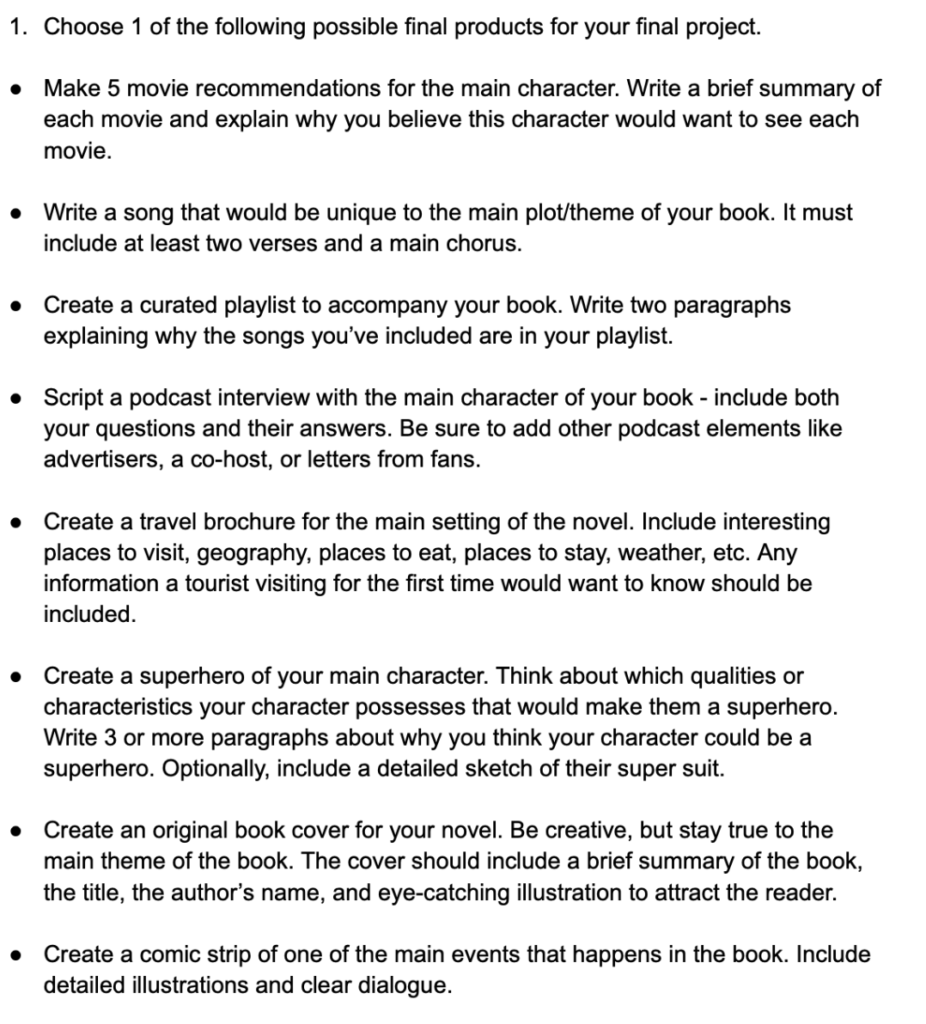In my classroom, I use pre-assessment to tailor my instruction to the individual class. This proactive approach allows me to create a more personalized and effective learning experience for my students.

In this example, students participated in rotating stations as a pre-assessment activity. This approach provided me with a quick and insightful understanding of their prior knowledge regarding human rights before delving into the Declaration of Human Rights.
I use formative assessment to gauge student understanding in real-time, adjust instruction to meet their needs, and foster a dynamic and responsive learning environment.

I use engaging programs such as Kahoot!, Gimkit, Boss Battles, Jeopardy, etc., as a way to assess student knowledge and understanding. Moreover, it acts as a review for students, making learning interactive and enjoyable while reinforcing key concepts.
The example above is from our Grade 2/3 Social Studies unit on Communities in Canada.

Exit slips are a great way to check in at the end of class, providing valuable insights into student comprehension and helping to inform my instructional decisions for future lessons.
In this example, students learned about the Charter of Rights and Freedoms and were asked as part of their exit slips to think of a real-life example to demonstrate their understanding, allowing me to assess not only their grasp of the content but also their ability to apply it to practical situations.
Peer reflections help students learn from each other’s insights, improving understanding and encouraging active engagement in the learning process. In the example above, students provided peer feedback using a rubric for a figurative language song analysis assignment.
In my experience, many students (especially at the elementary level) can struggle with self-reflection or having to mark themselves on a rubric. While this is a skill I work with students on, I find that self-checklists are more effective in having students reflect on their work and see areas that they have missed or need improvement. The example is from news article writing when going over Grade 6 PAT writing.
In my approach to assessment, I frequently combine formative and summative methods to create a more holistic and supportive learning environment. I conduct multiple meetings and check-ins with students prior to the completion of a summative assessment, using formative feedback to guide their learning.
Moreover, I prefer to provide multiple ways, voice, and choice in summative assessments, allowing students to express their learning and understanding in ways that resonate with their individual strengths and preferences, promoting a more inclusive and equitable assessment process.

Students completed mini-tasks during their literature circles. For their summative assessment, they could choose one of the following options to complete.
During our study of translations, Grade 6 students also made a video to discuss their designs (battleships using translations to then play on coordinate planes).This was a good way for students to explain the Math behind their design.
Our Grade 1 Spanish class loved animals. So we combined animals with introductions and had students create an animal of their choosing to introduce. I then put the videos on Seesaw for parents to view their progression in the subject.